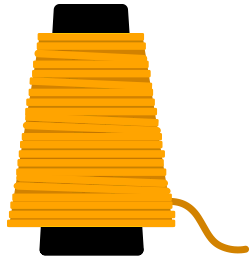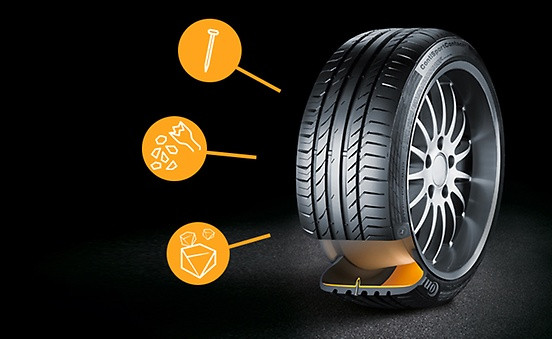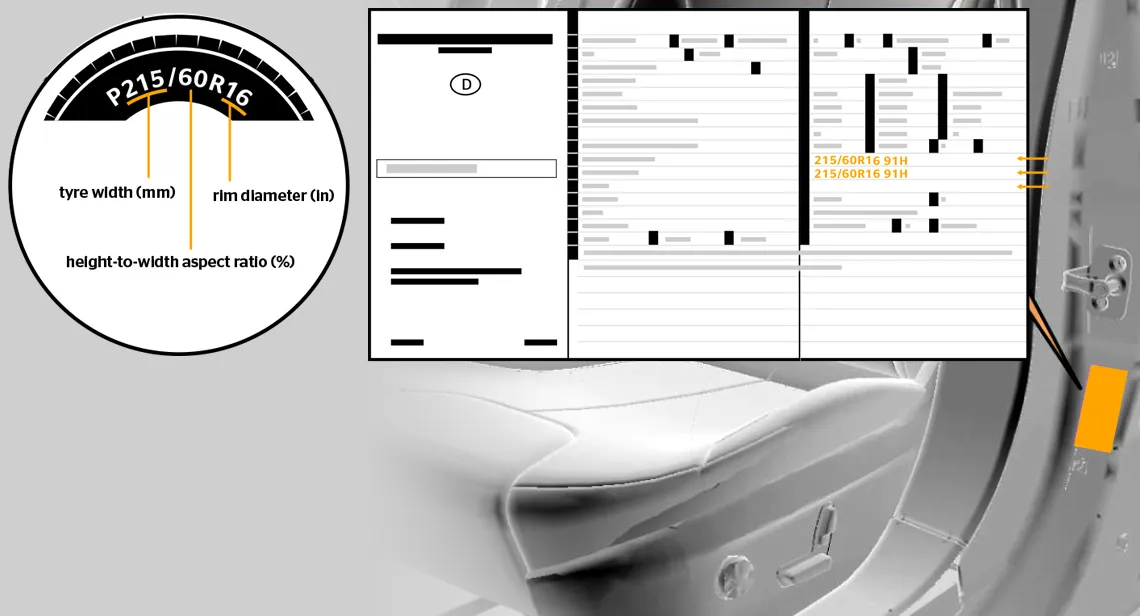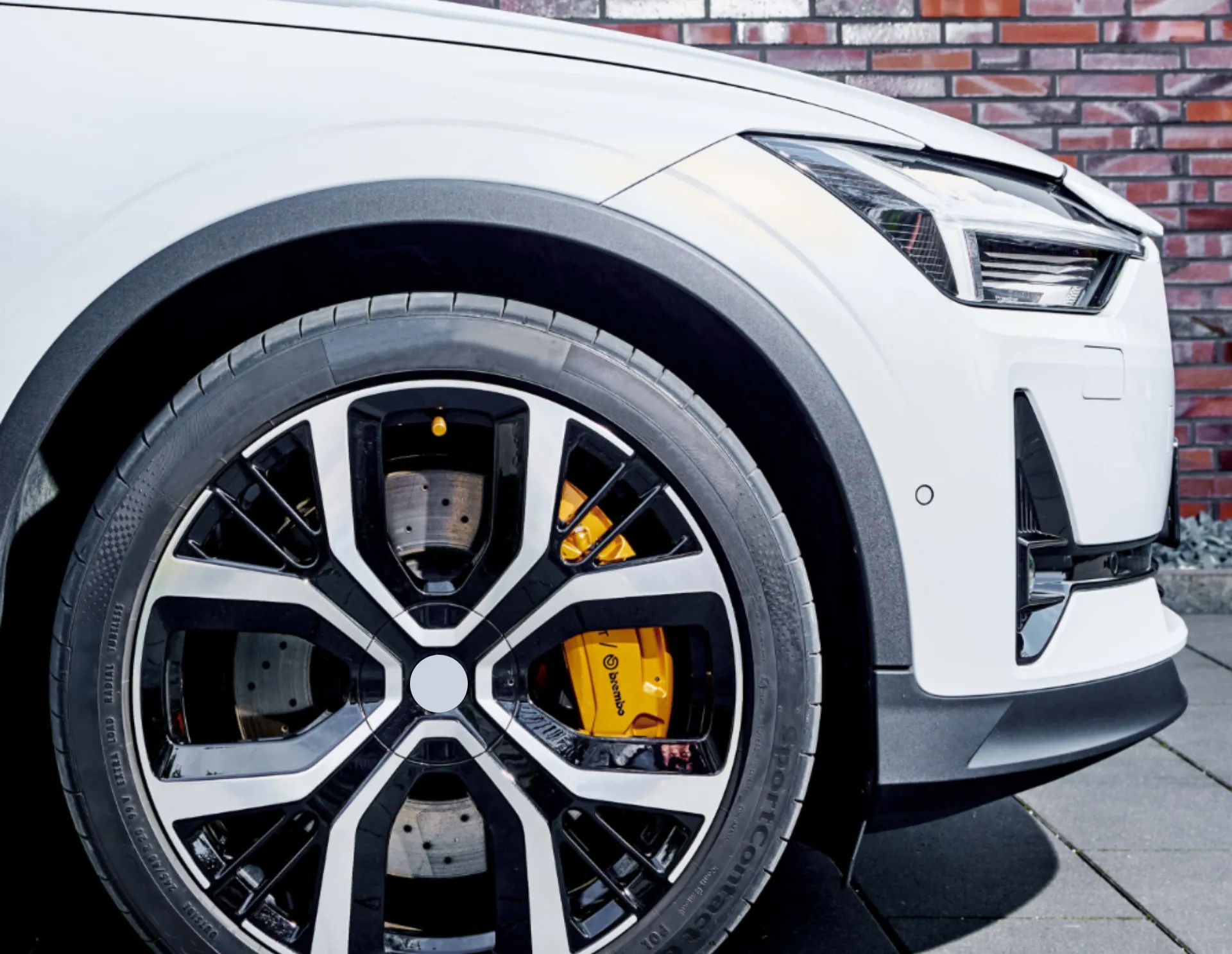Tire Mixture
Tire Mixture
What’s in your tires?
It's easy to take your tires for granted, yet that black ring on your car's wheel includes much more than just rubber. In reality, it's a complicated combination of natural and synthetic rubbers, as well as a slew of other chemicals and building materials. Our rubber compounds are sophisticated enough for a wide range of driving circumstances since they are expertly compounded and integrated.
A contemporary passenger automobile tyre would often include up to 25 components and as many as 12 distinct rubber compositions. Natural rubber is collected from unique trees cultivated in vast estates. This liquid (latex) coagulates with acid, is washed, and compressed into bales.
Meanwhile, synthetic rubber is manufactured in a different laboratory method utilizing a chemical mixture. These bales (both natural and synthetic) are chopped up, weighed, and blended with other substances according to specific formulae during the production step.

Follow the thread
The textile industry provides raw materials (rayon, nylon, polyester, and aramid fibers) for the production of cords that serve as reinforcing materials.

Steel for strength
Steel is produced by the steel industry. This is the raw material used to make steel belts (steel cord) and bead cores (steel wire).
Each component has its own substance.
We can disassemble a tyre to examine where each constituent comes into play. Let's begin at the road's edge and work our way in.
- Tread – natural and synthetic rubber
- Jointless cap plies – nylon, embedded in rubber
- Steel cord for belt plies – high-strength steel cords
- Textile cord ply – rubberized rayon or polyester
- Inner liner – butyl rubber
- Side wall – natural rubber
- Bead reinforcement – nylon or aramid
- Bead apex – synthetic rubber
- Bead core – steel wire embedded in rubber

By the numbers
We may also examine the quantities of materials utilized. Take a look inside one of Continental's most popular summer models.
- Rubber (natural and synthetic) 41%
- Fillers (carbon black, silica, carbon, chalk…) 30%
- Reinforcing materials (steel, polyester, rayon, nylon) 15%
- Plasticizers (oils and resins)¹ 6%/li>
- Chemicals for vulcanization (sulfur, zinc oxide…) 6%
- Anti-ageing agents and other chemicals 2%
Of course, various materials have varied qualities for different tyres. The correct combination of substances is critical.
Materials appropriate for the season
The materials used in a tyre will vary depending on its use. Summer tyres' soft compounds harden below 7 °C, limiting grip. Winter variants, on the other hand, have specific technology that keeps them flexible and helps retain grip, providing optimal performance even in cold weather. Do you live in a temperate climate? All-season tyres can be an excellent solution.
Materials for quiet comfort
Continental created the noise-canceling technology ContiSilentTM. On all road surfaces, it decreases interior noise. How? ContiSilentTM tyres have a polyurethane foam absorber that is adhesively connected to the inside surface of the tread region. The structure of the foam remains constant regardless of temperature. The ContiSilentTM absorber minimizes road noises inside the car by up to 9 decibels even at high speeds (A).

Tried, tested and guaranteed
Continental establishes high standards, notably in terms of safety, because it is made from only the best quality materials. Before any Continental innovation is put into production, it is thoroughly tested. Every winter and summer tyre is subjected to testing. This is done in all weather and road surface conditions, utilizing the most advanced testing and monitoring technologies.
Every test has a single goal: to make driving safer.
Copyright © 2024 Continental Middle East DMCC All rights reserved.







